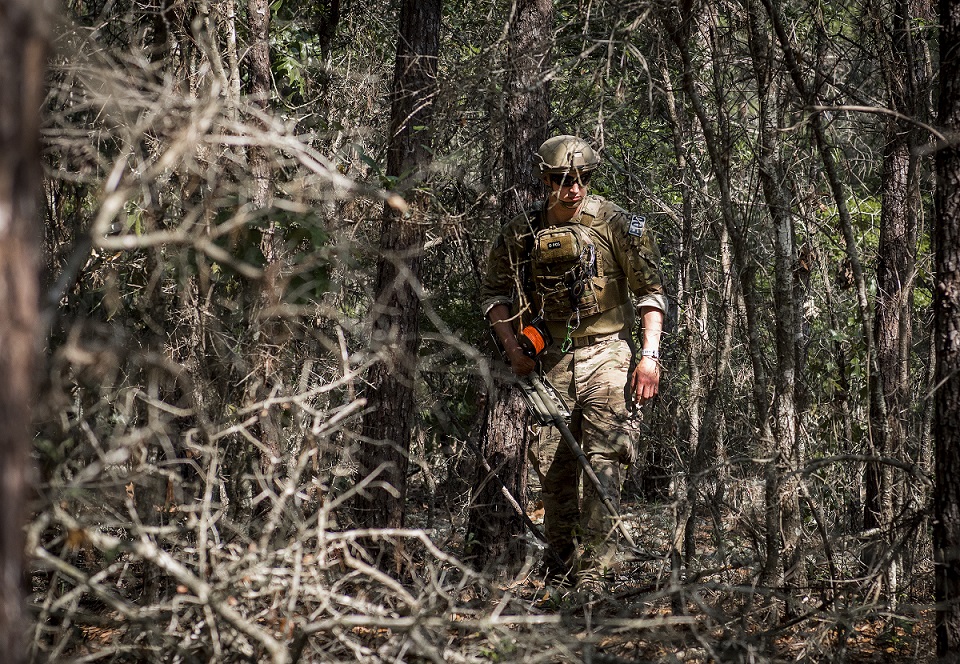This post is also available in:
 עברית (Hebrew)
עברית (Hebrew)
Soldiers must operate in increasingly complex battlespaces, partially due to unreliable intelligence, such as a false message from an adversary or information denied environments. Situational awareness is a major factor in warfighters’ survivability. It is the perception of environmental elements and events with respect to time or space, the comprehension of their meaning, and the projection of their future status. At the battlefield, situational awareness is the ability to see what’s in the vicinity and anticipate what’s not — knowledge that can mean the difference between surviving or being killed in action.
A new system funded by the US military monitors soldiers’ evolving situational awareness and determines when lapses in situational awareness occur.
The U.S. Army Research Institute for the Behavioral and Social Sciences has awarded Charles River Analytics, developer of intelligent systems solutions, funding to build the Physiological Index of Situation Awareness (PISA) system with SA Technologies.
Charles River Analytics is researching sensors that could be attached to Soldiers, gear, or vehicles to enhance missions. PISA uses multiple wearable sensors that monitor physiological and neurophysiological signals from Soldiers and make predictions about their level of situation awareness in real time.
The PISA system is designed to present a continuous measure of situational awareness over time, then identify new training opportunities to address known problems during training simulations before they occur in the battlefield.
According to the company, the PISA system includes a minimally invasive multimodal sensor suite, including functional near-infrared spectroscopy (fNIRS), electroencephalography (EEG), eye tracking, and cardiac sensors to increase the awareness of the warfighter.
PISA uses Sherlock, the company’s open and extensible software and hardware platform, to process and fuse this sensor data and derive informative variables related to situational awareness in real time. Then probabilistic modeling and machine learning is leveraged to estimate cognitive states, according to the company’s announcement.
The question remains as to what can be done when a lack of situational awareness is in fact traced during combat.


























